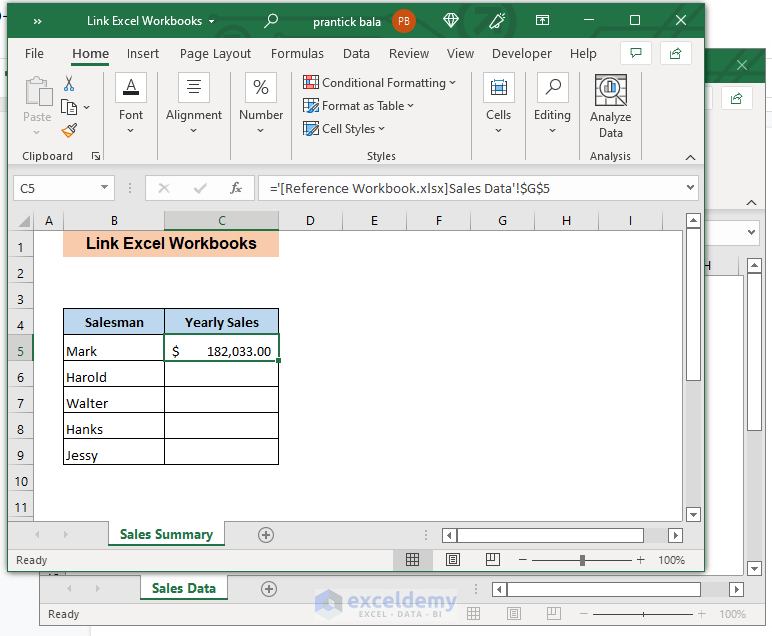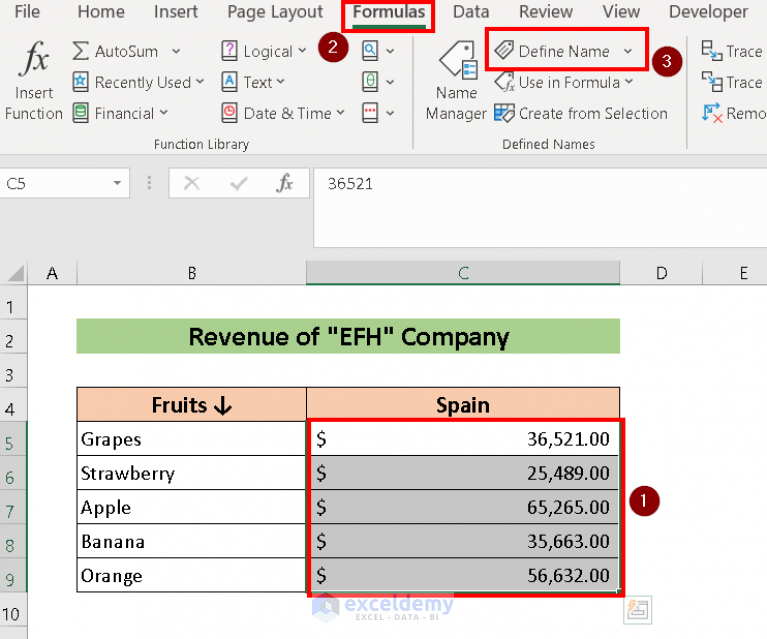5 Ways to Link Sheets in Excel for Beginners

Microsoft Excel, a staple tool for data analysis and organization, offers numerous functionalities, including the ability to link sheets. This feature allows users to create dynamic, interconnected spreadsheets, enhancing efficiency and accuracy in data management. Here are 5 ways to link sheets in Excel that beginners can easily master.
1. Simple Cell Reference

The most basic way to link sheets is by using cell references.
- Open Excel and navigate to the sheet you wish to link to another.
- In the destination sheet, click the cell where you want the linked data to appear.
- Start typing the equal sign (=), then click on the tab of the source sheet.
- Select the desired cell in the source sheet.
- Press Enter, and the reference will appear in the destination cell.
Example: If you’re linking cell B5 from Sheet1 to Sheet2, you would type: =Sheet1!B5 in a cell in Sheet2.
2. Using the INDIRECT Function

The INDIRECT function allows for dynamic references, making changes in source data automatically reflect in the destination cells.
- Enter the INDIRECT formula in the cell where you want the linked data:
=INDIRECT(“Sheet1!A1”). - The data from cell A1 in Sheet1 will now appear in the destination sheet.
💡 Note: INDIRECT is particularly useful if you need to reference cells in a dynamic manner, like when the sheet name or cell reference might change.
3. Linking Ranges with Named Ranges

To link larger data sets or create more organized links, use named ranges.
- Select the range you wish to link on the source sheet and go to “Formulas” > “Define Name.”
- Name your range, for example, “SalesData.”
- In the destination sheet, type
=SalesDatain the desired cell to link the entire named range.
| Step | Description |
|---|---|
| 1 | Select the range in the source sheet. |
| 2 | Define the name for the range. |
| 3 | Link the named range in the destination sheet. |

4. Hyperlink Function

Creating a hyperlink can provide an easy way to navigate between sheets or link to external documents or web pages.
- Use the
HYPERLINKfunction in the destination cell:=HYPERLINK(“#Sheet1!A1”, “Go to Sheet1”). - Clicking on this link will take you directly to the specified location.
5. Linking Entire Workbooks

Linking data from different workbooks involves an external reference, known as an external link.
- Open both workbooks. In the destination workbook, click on the cell where you want the linked data.
- Type
=, switch to the source workbook, and select the desired cell. - The reference will look like:
=‘[SourceWorkbook.xlsx]Sheet1’!A1.
💡 Note: Always ensure that the source workbook is accessible when you open the destination workbook to prevent #REF! errors.
To summarize, linking sheets in Excel can streamline your work and help in maintaining accurate and up-to-date records. Whether you're referencing a single cell or entire ranges, Excel's linking capabilities are powerful tools for efficient data management.
What does linking sheets mean in Excel?

+
Linking sheets in Excel means creating a reference from one cell to another, either within the same workbook or across different workbooks, where changes in the source cell are automatically reflected in the linked cell.
Can I link to a dynamic range in Excel?

+
Yes, by using the INDIRECT function or named ranges, you can link to dynamic ranges where the references automatically update if changes are made to the source.
What happens if I link to an external workbook and that workbook is closed?

+
Excel will show the last known value if the external workbook is closed. However, a warning or an error (#REF!) might appear if the source file cannot be found when the workbook is opened.



